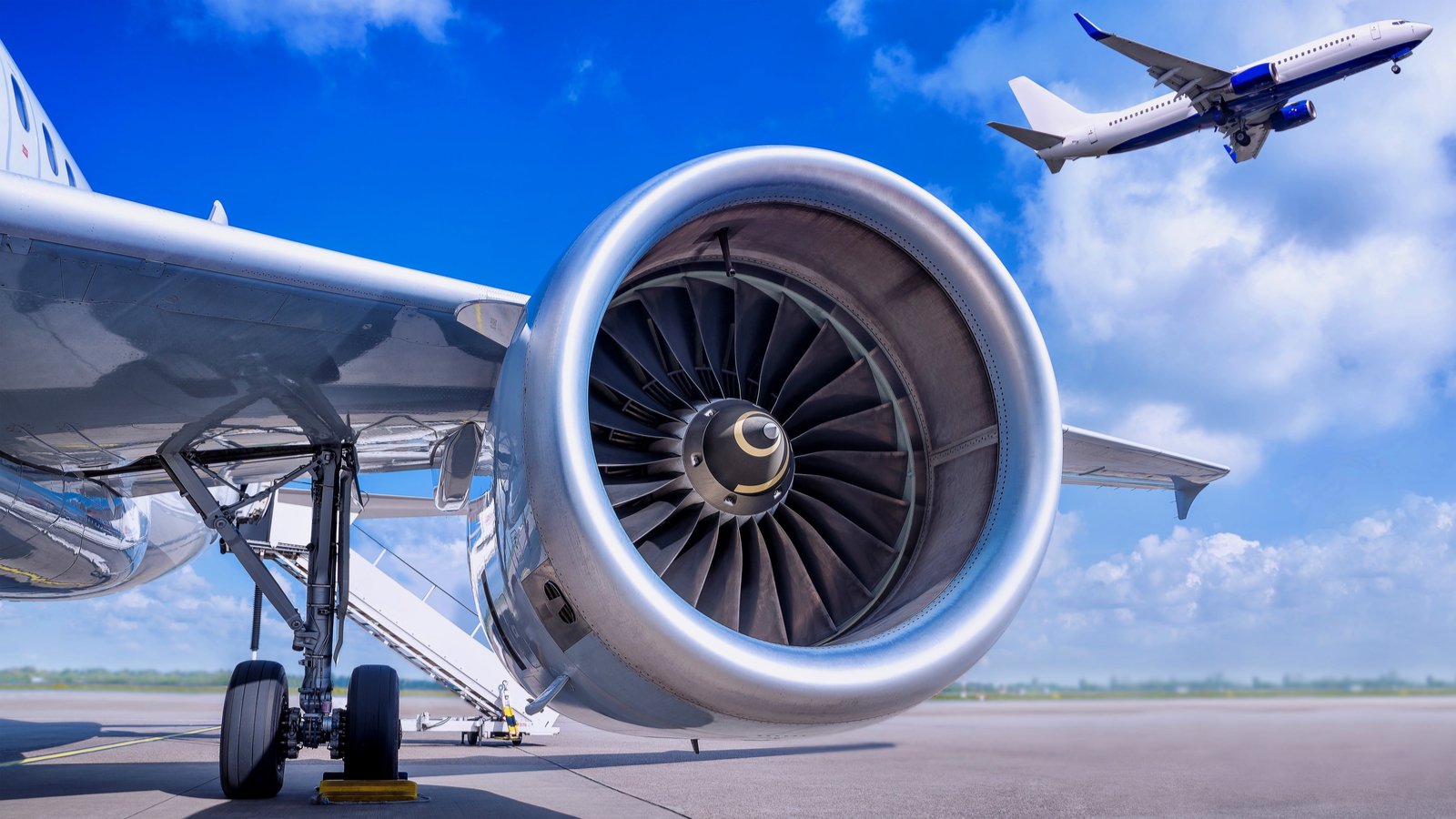
Use weakness in strong buy airline stocks as an opportunity.
For one, with nearly five billion people expected to fly this year, airlines could see another record year of sales. In fact, according to the International Air Transport Association (IATA), full-year 2024 revenue could reach a trillion dollars – a 9.7% jump year over year.
Even better, the IATA significantly upgraded its profitability projections for airlines, expecting net profits to reach $30.5 billion this year from $27.4 billion in 2023. The Transportation Security Administration (TSA) also sees record numbers of passengers passing through its screeners daily.
Of course, the industry is not without its challenges. Travel demand surpassing pre-pandemic levels could cause a summer squeeze. Meanwhile, many are also seeing deliveries drop due to production problems at Boeing (NYSE:BA), for example.
Still, I’d use the recent weakness in some of the top strong buy airline stocks as an opportunity.
Delta Air Lines (DAL)

With a consensus strong buy rating and a price target of $60.05, Delta Air Lines (NYSE:DAL) is a buying opportunity – especially as it starts to pivot from strong support.
Helping, CEO Ed Bastian is optimistic about the summer travel season, noting that “Summer’s progressing strongly and demand is quite healthy. Demand is growing faster internationally than it is domestically, and Delta is very well positioned to take advantage of that with its partners.”
Citi analysts also just raised their price target on DAL to $65 with a strong buy rating. They also clarified that Delta is Citigroup’s “preferred U.S. carrier.”
HSBC analysts say Delta could fly to $72.80 in the near term. “We like its strong network mix and competitive positioning at all of its key hubs, which offers a rich mix of traffic, evident from management commentary, but also from the rising revenue from premium cabins,” the analyst said, as quoted by Motley Fool.
United Airlines (UAL)

United Airlines (NASDAQ:UAL) also has a consensus strong buy rating and a price target of $70.58. Like DAL, I’d use the pullback in UAL as another buying opportunity.
Currently trading at $49.58, UAL is at a double bottom and oversold on RSI, MACD, and Williams’ %R. I’d like to see UAL initially retest $56 from that last traded price. Citi also raised its price target on UAL to $96 from $80, with a strong buy rating.
Jefferies also upgraded UAL to a buy rating with a price target of $65. The firm cited UAL’s investments in its product offerings and free cash flow generation as the reason for the move.
Even analysts at Wolfe Research just upgraded UAL to an outperform rating, citing the potential for a big upside in the stock over the next six to 12 months.
Plus, earnings haven’t been too shabby. In its first quarter, UAL’s revenue jumped 10.1% year over year. Total operating revenue was up 9.7% year over year to $12.5 billion. Passenger revenue per available seat mile was up 1% year over year. Moving forward, it expects to post adjusted EPS of $9 to $11 a share compared to estimates of $9.43.
US Global Jets ETF (JETS)

If you’d rather diversify with airline stocks at a lower cost, there’s always the US Global Jets ETF (NYSEARCA:JETS). With an expense ratio of 0.60%, the ETF diversifies with airline operators and manufacturers worldwide.
Some of its top holdings include United Airlines, Delta Air Lines, American Airlines (NASDAQ:AAL), Alaska Air Group(NYSE:ALK), JetBlue (NASDAQ:JBLU), Boeing, Booking Holdings (NASDAQ:BKNG), Expedia Group (NASDAQ:EXPE), and Trip.com (NASDAQ:TCOM).
If I wanted to buy 100 shares of JETS, it would cost about $2,000. With this ETF, I gain exposure to dozens of airline-related stocks. Meanwhile, if I were to buy 100 shares of Booking Holdings, it would cost me just under $400,000.
On the date of publication, Ian Cooper did not hold (either directly or indirectly) any positions in the securities mentioned. The opinions expressed in this article are those of the writer, subject to the InvestorPlace.com Publishing Guidelines.





